Do I Really Need Supplemental CO2?
Introduction: The Buzz Around CO2
If you're new to aquascaping or even if you've been at it for a while, you've likely heard the term supplemental CO2. With beautiful aquatic plants and colorful fish, your aquarium is more than just a tank; it's a carefully balanced ecosystem. The question then arises, do you really need to add additional CO2 for growing vibrant aquarium plants? Let's dive in to find out.
The Natural State of CO2 in Aquariums
In every aquarium, a certain amount of CO2 is naturally present. This is usually due to fish respiration and the breakdown of organic material. However, the natural CO2 levels are often not enough to support plant growth, especially if you're looking to cultivate a lush, planted tank.
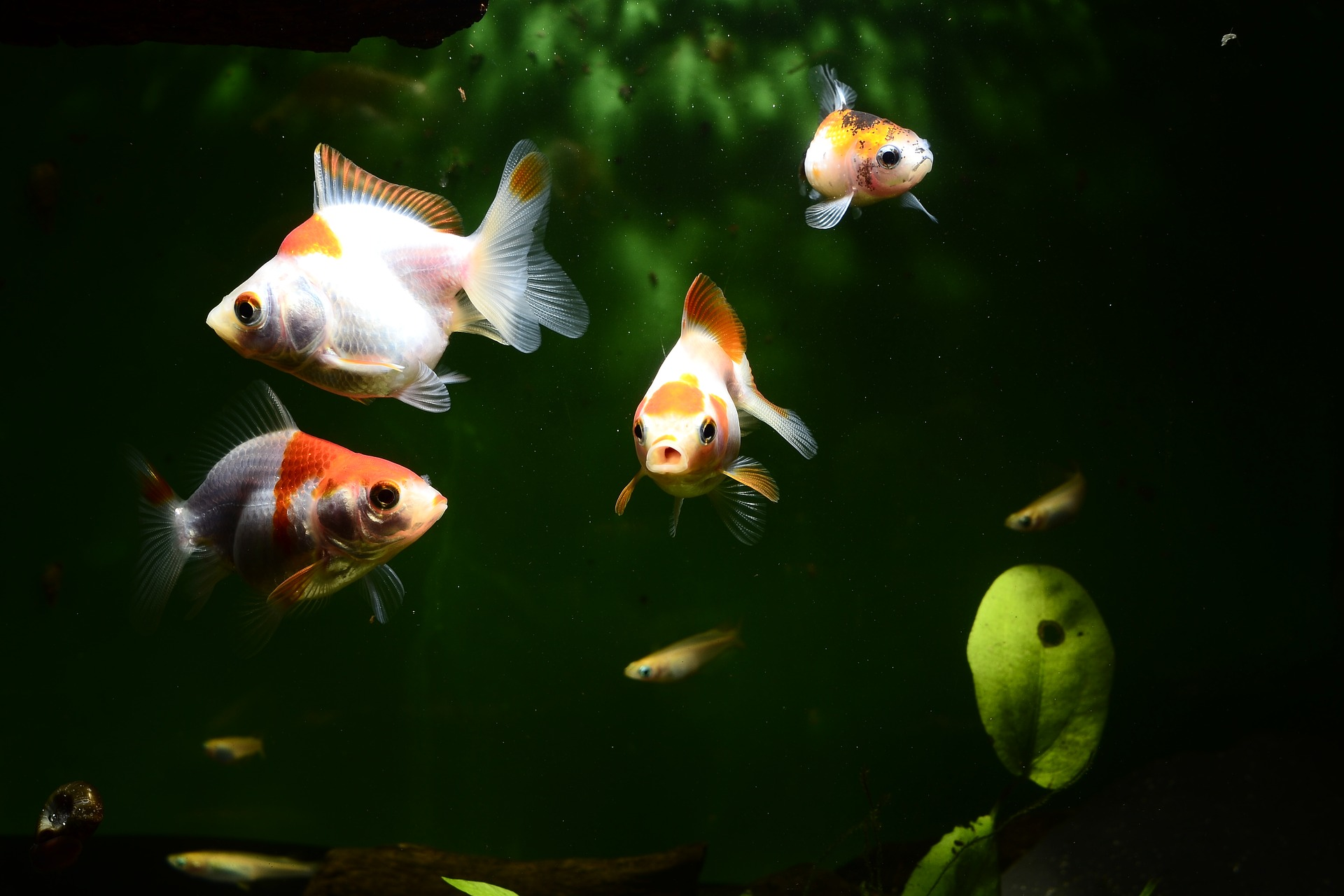
Why Consider CO2 for Growing?
The direct answer is: for better plant growth. Carbon dioxide is an essential part of photosynthesis, the process through which plants convert light into energy. Without sufficient CO2, aquarium plants will have stunted growth despite having enough light and nutrients.
CO2 Supplementation: What Does It Mean?
CO2 supplementation involves the intentional addition of CO2 into your aquarium to support plant growth. In an environment where light and nutrients are abundant, additional CO2 can significantly boost plant growth and lead to a more vibrant and healthy tank.
Why Plants Need CO2: The Science Behind It
It’s simple science: Is CO2 good for plants? Yes, it is. Aquarium plants need CO2, light, and water to perform photosynthesis. During this process, CO2 is one of the primary ingredients that aquatic plants convert into energy. This energy leads to growth, and a deficiency can result in poor plant health.
The Benefits of Pressurized CO2 Systems
One of the most effective methods of delivering supplemental CO2 to your planted aquarium is through a pressurized CO2 system. These systems offer a consistent and controllable CO2 supply, ensuring your aquatic plants get exactly how much CO2 do plants need. Pressurized systems are especially beneficial for larger planted tanks where maintaining consistent CO2 levels can be a challenge. They offer reliability and precision, essential for optimizing plant growth.
Pressurized CO2 Systems: The Gold Standard
When it comes to CO2 supplementation for your aquarium, pressurized CO2 systems are often considered the gold standard. They are especially useful for those who have medium to large tanks or are cultivating plant species that require a consistent and reliable source of CO2 for optimal growth.
The Anatomy of a Pressurized CO2 System
A standard pressurized CO2 system usually comprises a regulator with a needle valve, a bubble counter, a check valve, and a diffuser. The CO2 cylinder is something you need to source locally and it's better to find a place that offers also refills.
-
CO2 Cylinder: This is the container where compressed CO2 gas is stored. Cylinders come in various sizes. You can also use a Sodastream or Paintball bottle for this purpose, but this will require an additional adapter.
-
Regulator: The regulator controls the pressure of the CO2 exiting the cylinder. Dual stage regulators are especially advantageous as they prevent 'end-of-tank dump', a phenomenon where the CO2 empties rapidly, thereby endangering the aquarium inhabitants.
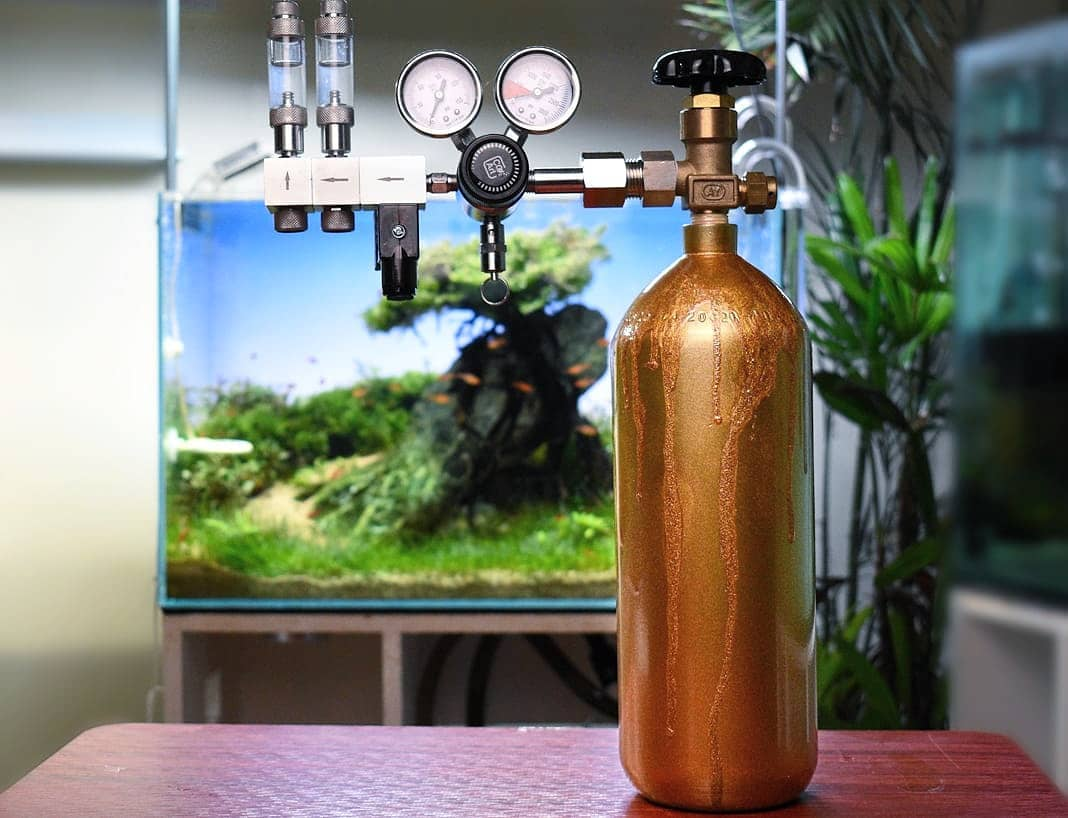
-
Needle Valve: This allows you to control the rate of CO2 flow into the tank precisely. In CO2Art regulators, the needle valve is in-built to the regulator.
-
Bubble Counter: As the name suggests, it helps you count the number of CO2 bubbles entering the tank per second.
-
Check Valve: This ensures that water from the aquarium doesn't flow back into the CO2 system. Both of our regulators come with a check valve incorporated into the bubble counter, so you are safe.
That being said though, some customers like to add one just near the bubble counter to make it easier to refill it or near the rim of the aquarium if an in-tank diffuser is used.
-
Diffuser: This disperses the CO2 into fine bubbles, aiding in efficient absorption by the water. It is made of ceramics, which requires regular maintenance for efficient operation.
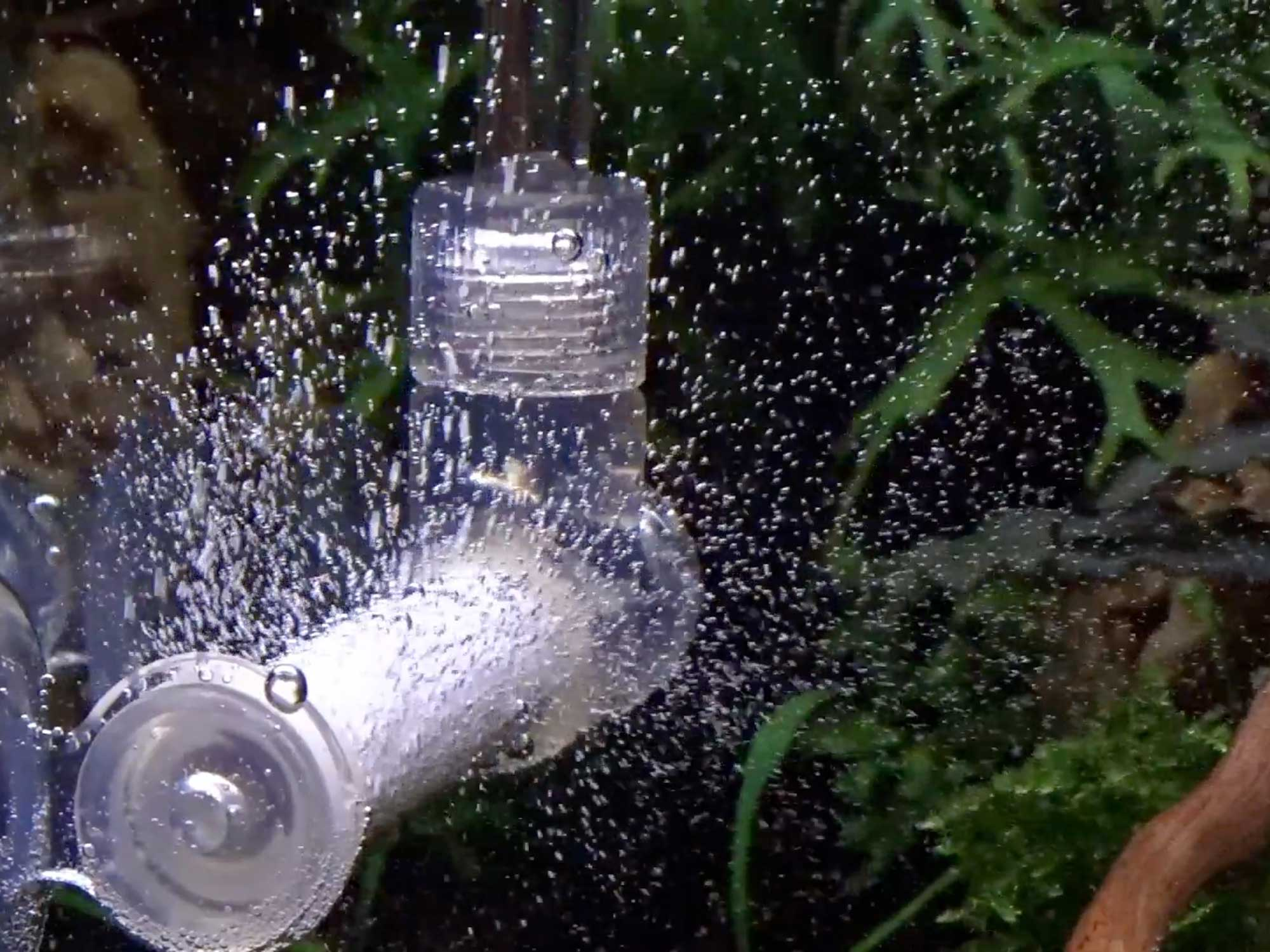
Why Pressurized Systems Over DIY?
Consistency is Key
While DIY CO2 systems are cheaper, they suffer from inconsistency. DIY systems often rely on the fermentation of sugar and yeast to produce CO2. The production rate can fluctuate, leading to unstable CO2 levels, which can be detrimental for both aquarium plants and fish. Pressurized systems, on the other hand, offer a consistent and controllable CO2 supply, ensuring your plants get exactly how much they need.
Ease of Use
Pressurized CO2 systems may seem complex but are generally easier to manage once set up. The controls are more precise, and adjustments can be made quickly without having to dismantle any part of the system. In contrast, DIY systems require constant monitoring and frequent setup adjustments, making them labor-intensive.
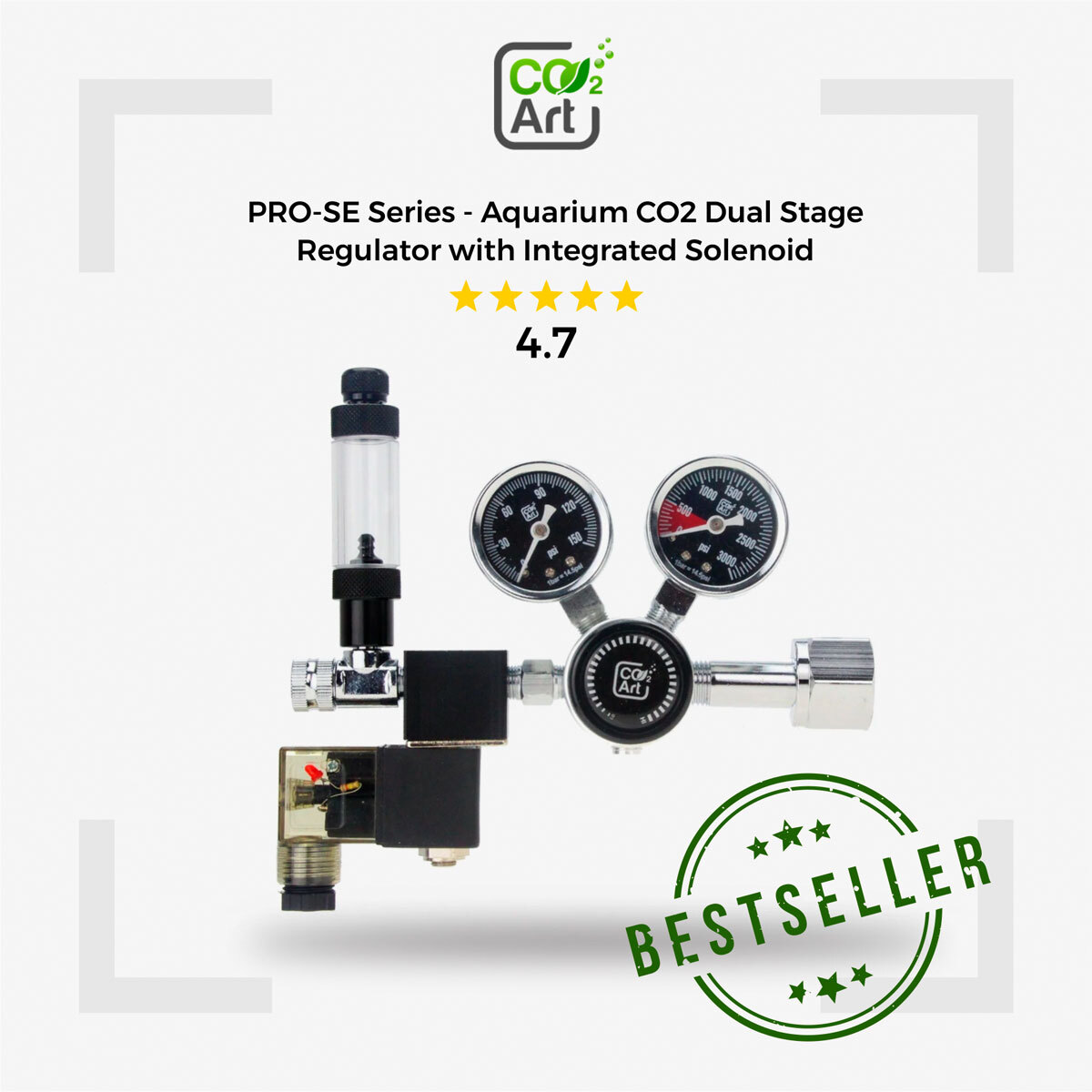
Long-term Efficiency
While the initial investment for a pressurized system is higher, they prove more cost-effective in the long run. The CO2 tanks need infrequent refilling and the system requires less day-to-day management. In a DIY system, the cost of sugar, yeast, and the time spent in constant monitoring can add up.
Conclusion on Pressurized CO2 Systems
If you're serious about aquascaping and wish for a lush, vibrant, and thriving planted tank, a pressurized CO2 system is almost a must-have. Its benefits, ranging from consistency to long-term cost-efficiency, make it a worthwhile investment for any dedicated aquarist.
Light and CO2: A Balanced Equation
Aquarium plants need a balanced ratio of lighting and CO2 for optimal growth. High lighting with insufficient CO2 can lead to poor plant health. On the flip side, too much CO2 with low light can also harm aquatic plants. Therefore, maintaining a balanced aquarium is crucial for healthy plant growth.
How to Measure CO2 Levels
Knowing how much CO2 is present is essential for any successful aquascape. There are various ways to measure carbon dioxide concentration, from drop checkers to electronic monitors. Monitoring helps you adjust CO2 levels as needed, ensuring that the tank's conditions are always ideal for aquarium plants.
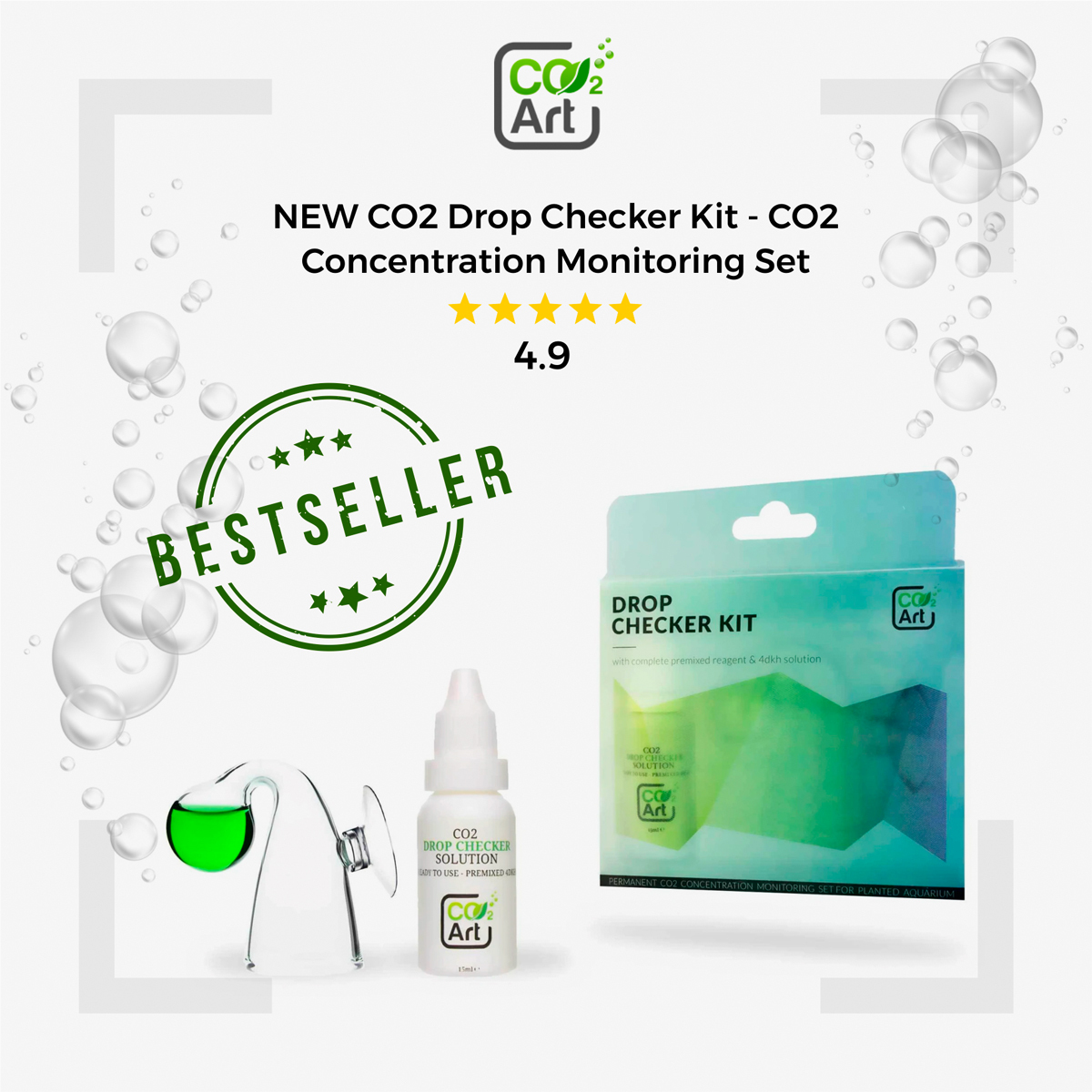
CO2 Growing: Is It for Everyone?
CO2 growing may not be for everyone. For those with small tanks and low-light plants, natural CO2 might suffice. However, if you're serious about growing lush, vibrant aquarium plants, then adding supplemental CO2 is almost a requirement as the carbon dioxide present in the water column coming from fish respiration and decaying of organic matter is nothing compared to the amount of CO2 present in nature reservoirs where most plants in aquascaping grow.
Conclusion: Making the Decision
So, do you really need supplemental CO2 in your planted aquarium? If rapid plant growth, vibrant colors, and a healthier tank environment are what you aim for, the answer is probably yes. And if you decide to go this route, investing in a high-quality, pressurized CO2 system is your best bet for achieving the lush, thriving aquarium of your dreams.
There you have it, folks! The benefits of adding supplemental CO2 to your aquarium can significantly outweigh the drawbacks, especially when you aim for a lush, vibrant, and healthy aquarium environment. It's an essential consideration for any serious aquarist.



